This year, spring has come incredibly early—especially compared with last winter! While you may not yet have started a list of projects to tackle this spring, you likely have had to mow your lawn already. In case you haven’t noticed, this winter has provided ideal conditions for moss to grow in lawns and garden beds. Before you get too eager to start other projects, you need to address any moss issues.
Properly eliminating moss in your yard will take several steps. First, you need to kill any significant moss growth with a targeted moss killer like ferrous sulfate. Once the moss has died, you may need to rake it out of your lawn so that grass can grow more freely.
A second step to killing moss is to feed your lawn with a high-iron fertilizer. Scotts Turf Builder with Moss Control helps to eliminate moss while providing a good dose of nitrogen to feed your grass.
A third and often-overlooked step in moss control is to prevent moss from growing back. Since moss thrives on acidic soil, you can prevent its return by balancing the pH or “sweetening” the soil with lime. In its natural form, lime takes months or even years to break down, so I recommend a product called Espoma Lightning Lime for quick results. This form of lime has been ground into a powder and then pelletized for easy application with your fertilizer spreader. The pellets break down and absorb into the soil in a matter of weeks, allowing grass to thrive and preventing moss from returning.
If you don’t have any moss issues in your yard—or if you’re eager to start on other outside projects—now is a great time to prune many of your shrubs and trees. While it’s already too late to prune some plants in your garden and too early to prune others, it’s good to take note of what needs a trim.
At the nursery, I’ve had several calls from customers concerned about their roses. Usually, late February or early March is the ideal time to do spring pruning on roses. This year, however, many roses budded and leafed out much earlier than normal, catching many gardeners by surprise. My advice if you’re worried it’s too late to prune: better late than never! While I don’t recommend that approach for all shrubs, roses are very tough plants, and pruning them a few weeks too late will only set them back temporarily, if at all.
Spring is a beautiful time of year, and thus far, we’ve been treated to an especially nice start to the season. As you start to work in your yard, enjoy the color palette spring has to offer, from the golden flowers of forsythia to the soft pinks of heather and flowering cherry or plum. Now is a great time to visit your local independent nursery to shop for shrubs and trees and in a month or so you can start to put pots of annuals outdoors. Now, go find your gardening gloves and hope for a “glass half full” kind of spring—not of rain, that is!


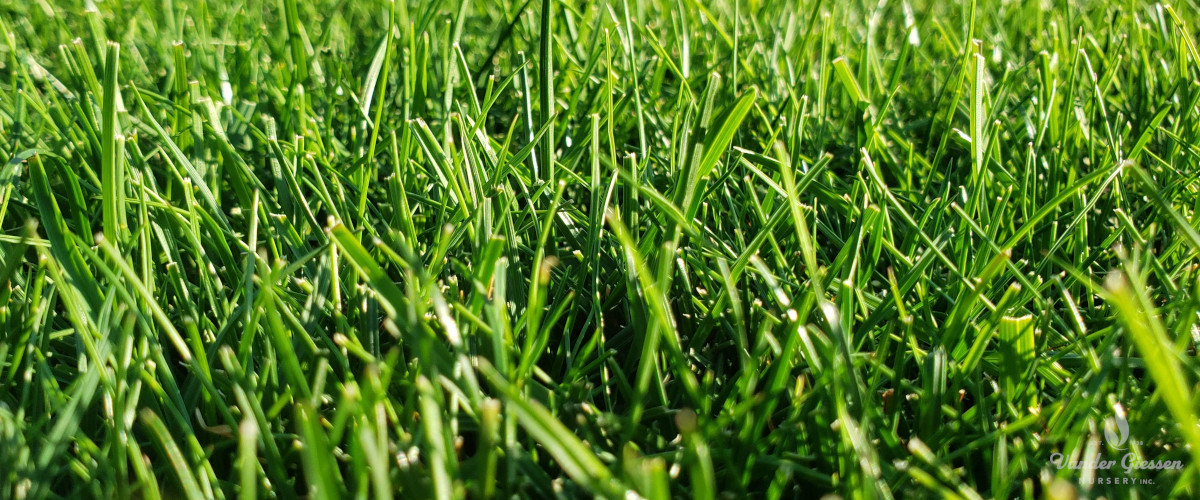
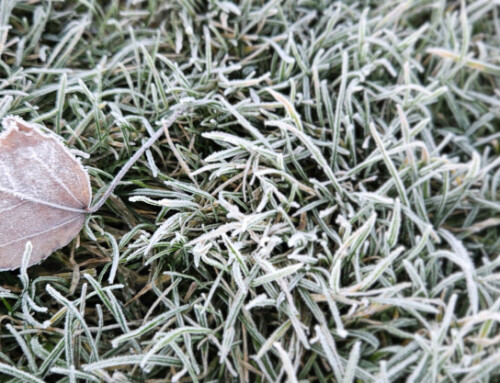
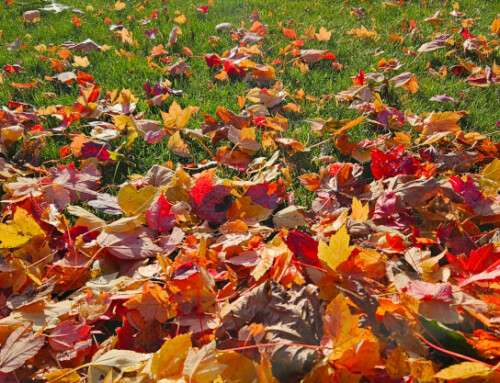
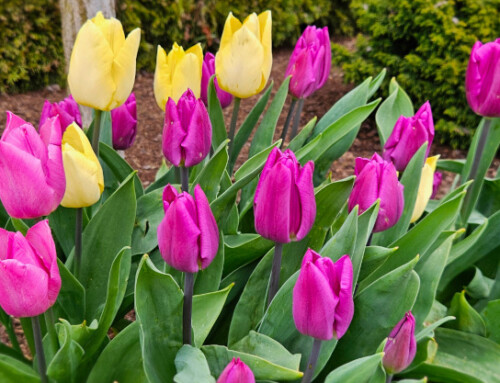
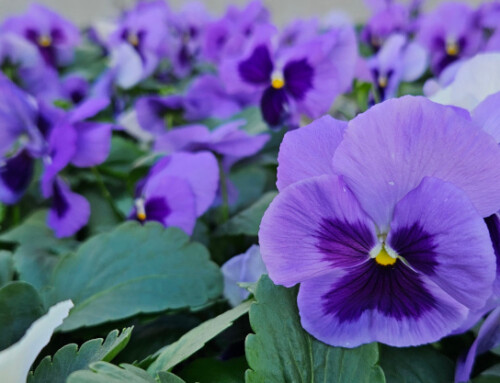
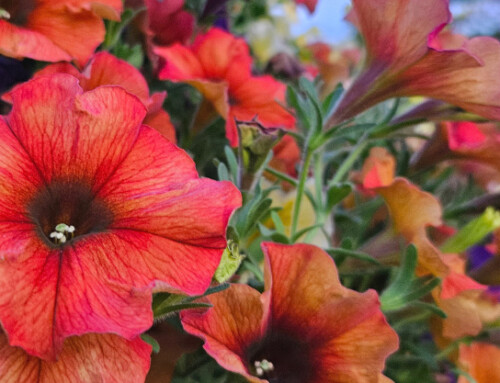
Leave A Comment